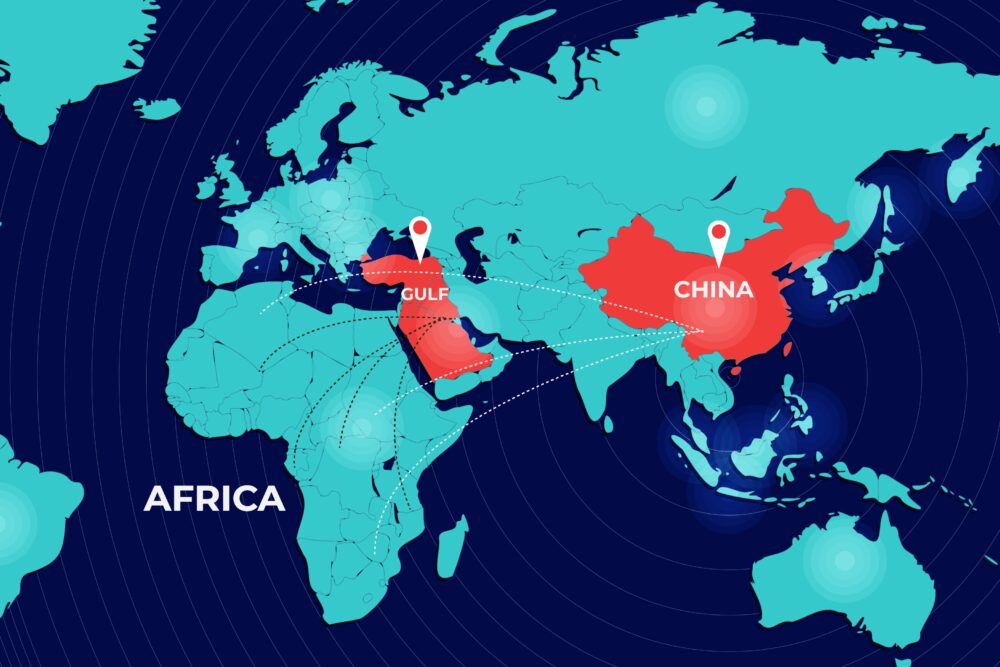
China is expected to see the biggest net loss of millionaires globally this year as its economy continues to contract, a new report suggests.
The country will lose 13,500 high-net-worth individuals (HNWI) with investable wealth exceeding $1 million in 2023, according to the report compiled by Henley & Partners released Tuesday. The country expected to see the second most departures of HNWIs was India, with an anticipated exodus of 6,500, followed by the U.K. in third with 3,200.
President Xi Jinping’s recent “common prosperity” crackdowns may be the motivation behind the expatriation of entrepreneurs in China. A senior China economic official late last year explained that the term meant “expanding the pie and dividing the pie,” and he emphasized that the government “will not ‘kill the rich to help the poor.’” Nevertheless, the wealthy have been flocking to Singapore or setting up backup plans, according to Bloomberg.
“General wealth growth in China has been slowing over the past few years, which means that the recent outflows could be more damaging than usual,” Andrew Amoils, head of research at wealth intelligence firm New World Wealth, said in the report. He added that while the country has seen its economy show substantial growth from 2000 to 2017, that expansion has not been accompanied by an increase in wealthy people.
China’s prolonged Covid restrictions have also been cited as a potential reason for wealthy people leaving the country. Dropping its zero-Covid policy appears to have caused notable benefits for China’s economy; the luxury industry has seen sales increase faster than the country’s overall economy.
According to the new wealth migration report, America’s draw for the wealthy is also weakening. It is less popular to migrating millionaires than it was before Covid due to potential higher taxes. The U.S. is set to maintain a net gain of HNWIs, with an influx of 2,100 this year. Though that’s a net plus, it’s a significantly smaller figure than in 2019, when the country saw an influx of 10,800 HNWIs.
-
Previous Post
The 15 largest banks in the US








